Technology of Bee Culture | the technology of changing king twice a year
The breeding period of overwintering bees in southern Anhui is over from the first half of January to the middle and late October. The breeding period is as long as 10 months. The queen is prone to aging, especially after the summer high temperature period, the queen has become bronzed, aged and the fecundity has declined. This not only affects the cultivation of overwintering bees, the overwintering mortality rate of Guan king is high, and it is difficult to form a strong colony in spring reproduction in the coming year. In view of this situation, we have changed kings twice a year for more than a decade. Has maintained the perennial Wang Xinqun strong, year after year high and stable yield, now will introduce our practice as follows.
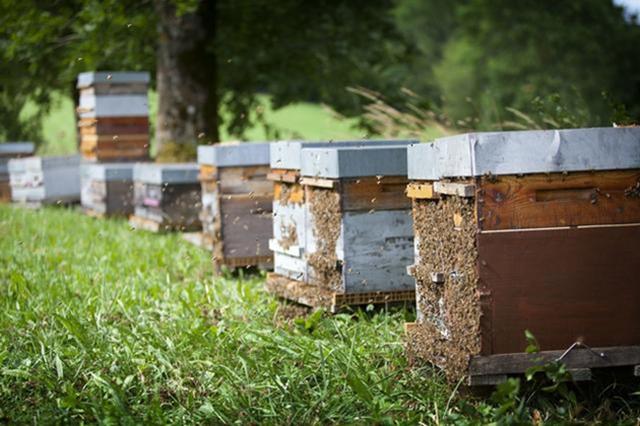
I. partial change of kings in spring and summer
1. Prepare the mating group
At the peak of rape in early April, we began to breed the king. When Wangtai matured, the spleen belt wasp with half pupa and half honey powder was extracted and put into the tail box of the four areas. the number of bees was checked in the afternoon, and when it was insufficient, the strong bees were taken to supplement the next day to introduce Wangtai. 50 groups of bees, only 2 boxes of mating groups in four areas, until the end of the rearing king in mid-autumn, and the rest period from late June to August was changed to Shuangwang group and 4 stored kings, which were also used as source groups for collecting and transferring worms.
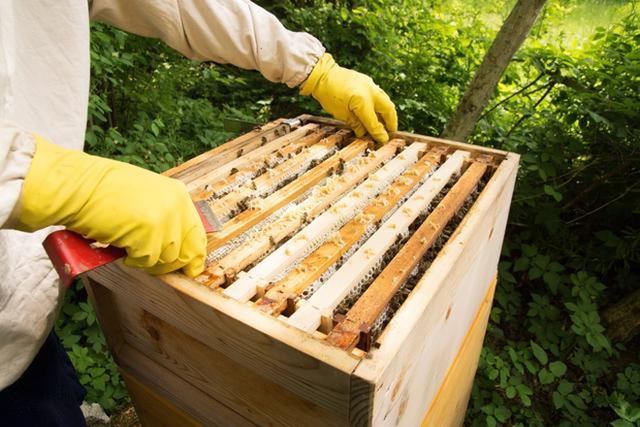
2. Partial change of king
The main results are as follows: (1) the pros and cons of the queen bee have been identified through the production of nectar in the flowering stage of rape. First eliminate the queen bee with poor economic traits and replace it with the new queen who has mated and laid eggs. Some bad kings have strong spawning ability, so they exchange with the queen bee who has weak spawning ability in the insect source colony.
(2) the high-quality Lao Wang retained last year often caused the bee colony to "divide the bee fever" in the middle and later stage of the rape flower. except for those that could be used for seed, the rest were imprisoned in the king cage and kept in the relay box. Each group intervened in the new spawning king in the mating group.
(3) when individual groups lose or separate bees lose the queen, you can take the introduction of the new king or the backup old king in the group. After about a month of partial change of queen, the whole audience is a high-quality king.
During this period, there are more than 10 kings every 3 to 5 days, so that after the new king in the Jiaowei group is taken out, there will be a mature Wangtai supplement.
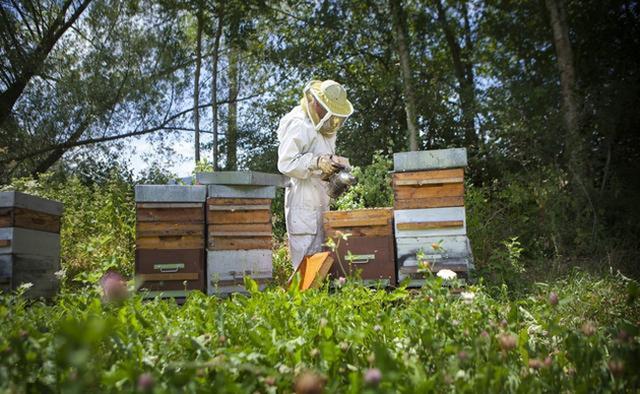
Second, the overall change of king in autumn
Autumn is the key stage of beekeeping management throughout the year, and it is also the golden period for changing kings. this time, there are a large number of kings, and proper arrangements should be made in advance. The specific steps are as follows:
1. Cultivate drones
From queen spawning to sexual maturity, drones take more than 40 days. If you plan to move the king of worms on August 25, the best mating period for this batch of queens is September 12-14. According to the previous recommendation, the drones will have their spleen given to their fathers from July 30 to August 2 to lay eggs. Three days later, the drones' spleen will be drawn out and placed next to the strong grouping frame with sufficient honey and powder. After hatching, the eggs will be temporarily suspended and fed at night until sealed. One spleen drone was bred again after 10-12 days to ensure a sufficient number of robust drones during the whole breeding period.
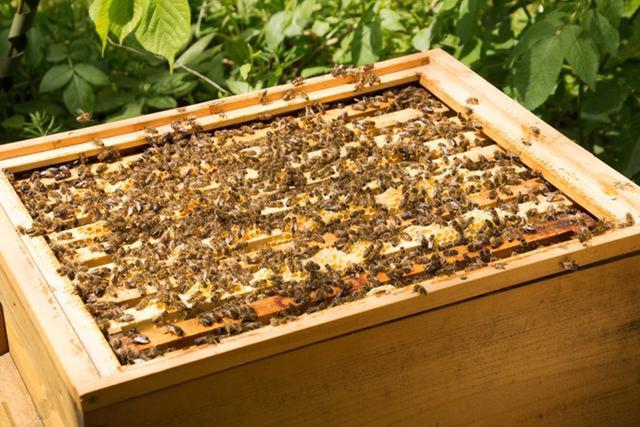
2. Deploy the queen bee.
Changing the king and changing bees during the high temperature period in summer and autumn will neither encircle the king nor steal bees. The new king cultivated in late spring and early summer does not need to be replaced except for a few of those of poor quality, but can be transferred together at this time, and the old Wang who needs to be retained last year are also gathered together to facilitate future management.
3. Raise the king in batches
Change king about 40 groups in autumn, in order to arrange the time to introduce, check and control mites, you can be divided into two batches of king. Depending on the temperature, the first batch of king transfer worms will be set around August 25, and the second batch will be postponed for 7-10 days. The new king will be able to lay eggs around September 25, ensuring that the single king will give birth to 6 spleen in the middle of October, and the double king will each produce 4 spleen. Each batch gave birth to another 1020 on the third day after the transfer, in case a few groups refused to accept the king's platform and the lost queen to make up for the queen. In case of bad weather, we have a little spare in mid-September.

4. Change the king of the main group
(1) the preparation of the station: the king was artificially forced to change, and the strong group of more than 10 spleen bees often refused to intervene during the production period, and the new king was besieged and killed within one or two days after leaving the room. Therefore, it is necessary to take out the Lao Wang who has been changed 4 or 5 days in advance, and hang the remaining king cage into the relay box that does not change the king, and the rest put forward or hang up the box; check the station one day before, except for the urgent construction of the platform, and introduce it the next day.
(2) deal with the mating group: two days ago, the new queen bee was taken out to intervene in his group, and Guan Lao Wang's king cage was taken out; the second gate was put down and changed to area 4, and on the third day, the mature king platform was involved.
(3) Yu Tai is reserved: after the production group and Jiaowei Group are introduced to Wang Tai, the remaining Wang Tai is embedded in a wire protection ring or a bamboo-plastic king cage, which is placed on the frame beam of the replacement king group, and it will soon mate in the marriage flight lost king group.
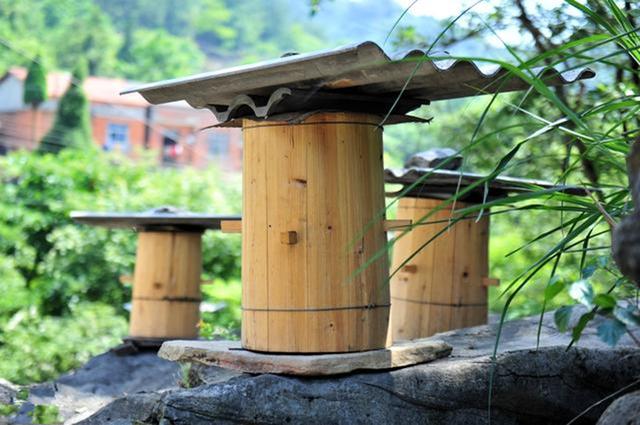
(4) out-of-room inspection: when the new king leaves the room on the second day of inspection, when individual groups do not see the virgin queen, take the spare table immediately to supplement (the virgin queen who is not allowed to be stored). According to the author's experience. The replacement of Wangtai can be accepted, but do not check out the room condition.
(5) mating examination: the mating can be successful as long as the weather is fine on the 7th or 8th day after the new king leaves the room. The inspection will begin after 5 p.m. on the 7th day or in the morning of the 8th day. If you don't see the queen bee, check it again the next day, and when you confirm that there is no king, you will take the introduction of the new king in the trunk. The 2-box mating group can breed 680 in each batch, which can generally reach the number of lost mating of the main group. After taking out the queen bee in the mating group, the virgin queen who intervenes in reserve the next morning, these queens can mate within two days. When there is no Wang Kejie, intervene in the next batch of Wangtai.
Take the new king who has not yet laid eggs in the tail group to intervene in the large group, to confirm that she has mated, otherwise she will have to re-enter the original nest, after 3 days to check the spawning situation of the new king will be found, then will be introduced. When there is a king in the first district of Shuangwang group, there is no king in the first district. The unspawned king who is involved in the mating group can accept it, no matter the introduction of the old king, the new king who has laid eggs or the king who has already mated and not yet laid, can be safely wrapped in a newspaper cage.
It has been nearly 20 days since the King cut off the seed at the beginning of September to the new king laid eggs and hatched, and the spleen is running out. It is necessary to seize the favorable opportunity that there are no big insects and spray it with water mites for 2 times. The first time can be combined with examination when the new king lays eggs, and the second time is 2-3 days apart. If the small mite is serious, brush the spleen with sublimation sulfur when checking the building of the king platform, and sprinkle the spleen again before the new king lays eggs. After that, it was transferred to the normal management of autumn propagation.
Technology of Bee Culture | experience of the technique of beekeeping and kings
Technology of Bee Culture | schedule of Lao Yang's King Plan
Technology of Bee Culture | scene and Science of Bee Distribution
Technology of Bee Culture | thoughts on overwintering Guan Wang
Beehead leader | Supervision of worker bees in a colony
Beehead leader | nesting habits
Bee head collar | Lattice beehive
- Prev
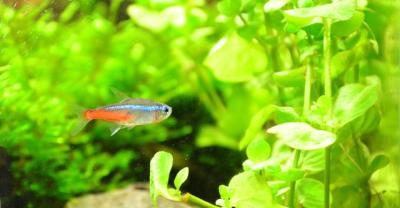
Mink breeding: feeding and management of mink in winter hair period
The winter hair growth period of minks is from September to December. Young mink to September, bone growth period has passed, mainly muscle growth and fat deposition, summer hair, long winter.
- Next
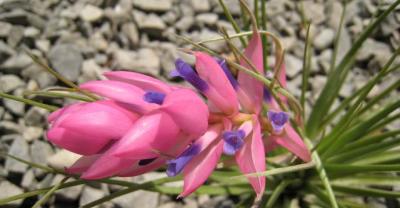
The knack of plant culture, growing flowers is no longer afraid to die.
Green flowers can embellish our lives with a lot of happiness. Modern people will more or less put one or two pots at home. You know what these flowers and plants should be.
Related
- On the eggshell is a badge full of pride. British Poultry Egg Market and Consumer observation
- British study: 72% of Britons are willing to buy native eggs raised by insects
- Guidelines for friendly egg production revised the increase of space in chicken sheds can not be forced to change feathers and lay eggs.
- Risk of delay in customs clearance Australia suspends lobster exports to China
- Pig semen-the Vector of virus Transmission (4)
- Pig semen-the Vector of virus Transmission (3)
- Five common causes of difficult control of classical swine fever in clinic and their countermeasures
- Foot-and-mouth disease is the most effective way to prevent it!
- PED is the number one killer of piglets and has to be guarded against in autumn and winter.
- What is "yellow fat pig"? Have you ever heard the pig collector talk about "yellow fat pig"?

